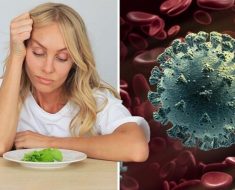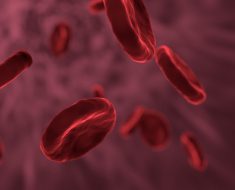JoAnn Buchanan, Ph.D., was deep into the data. One click at a time, she scanned through the branching, twisting 3D shapes of mouse brain cells on her computer screen. And then Buchanan, a scientist at the Allen Institute, saw something weird: a kind of brain cell she wasn’t familiar with.
“They’re just such beautiful cells, they’re so beautiful. And I just became obsessed,” Buchanan said. These brain cells, smaller than neurons but just as complex, are known as oligodendrocyte precursor cells, or OPCs for short. “I saw something in them which had never been seen before,” Buchanan said.
She doesn’t mean that metaphorically. She literally saw something inside this OPC that nobody else had spotted — machinery that is able to digest parts of other cells.
The OPCs, it turned out, were biting off and swallowing tiny bits of neighboring neurons. It sounds ghoulish, but this is a normal process in the brain. It’s called synaptic pruning and it happens mainly during our brains’ early development. As neurons form new connections — also called synapses — and lose old ones, other cells in the brain clean up and dispose of the physical machinery from the unwanted connections.
Buchanan and her colleagues published an article describing this new neuron-nibbling role for OPCs in the journal Proceedings of the National Academy of Sciences. Previously, this synapse-junk hauling was thought to be the purview of microglia, a kind of immune cell specialized for the brain. Microglia are known as the brain’s garbage disposal system — so famous for this task that when Buchanan first discussed her findings with others in the field, some neuroscientists couldn’t believe that OPCs could prune neurons too.
This cellular eating is known as phagocytosis — from the ancient Greek word phagein, which means to consume or devour. Cells that carry out the devouring function are dubbed phagocytes.
Source: Read Full Article





